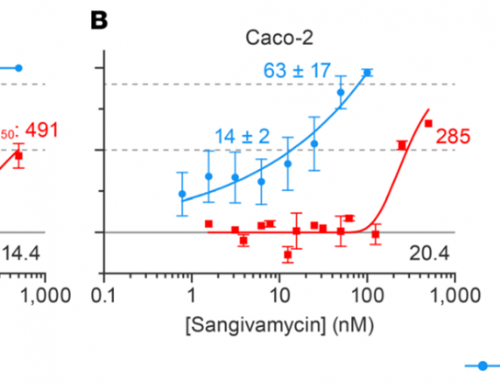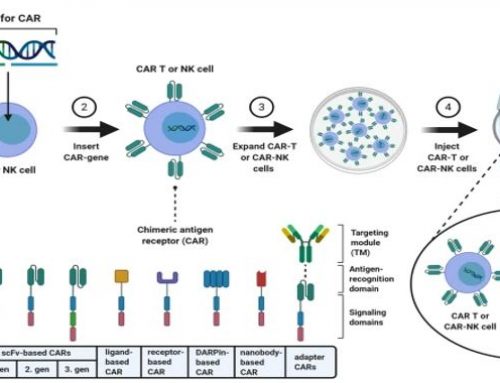How safe is your mouthwash? Researchers in Germany worked to answer that question.
University of Leipzig (Germany) researchers investigated the cytotoxic effects of different antimicrobial mouth rinses (MRs) on gingival fibroblasts and epithelial cells. Although effective at killing infectious agents, most MRs have some cytotoxic impact on host tissue, which could delay the healing process the rinses are meant to enable. Human primary gingiva fibroblasts and human primary nasal epithelial cells were exposed to various MRs (Octenidol (OCT), Chlorhexidine 0.2% (CHX), Listerine (LIS), Meridol (MER), Betaisodona (BET), and control) for varying lengths of time. The Cellometer Auto T4 analyzed cell count, viability, and diameter. The data indicated that cytotoxic effect depended predominantly on length of exposure. OCT and BET had less impact on cell metabolism in the fibroblast cultures than the other MRs tested. In general, OCT showed less cytotoxic characteristics in both fibroblasts and epithelial cells, suggesting that OCT is a possible alternative for the most commonly used rinse CHX.
Read the full publication here.






Leave A Comment